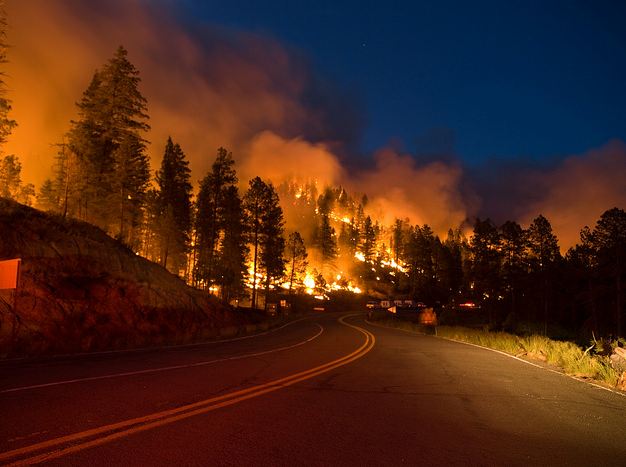
A study conducted at the Yale School of Forestry & Environmental Studies looked at the increasing effects that wildfires are having on water supplies. It is titled, How Wildfires Are Polluting Rivers and Threatening Water Supplies. Below is an excerpt.
As hotter and dryer conditions spawn an increasing number of wildfires in North America and around the world, one of the overlooked impacts of these worsening conflagrations is on aquatic environments and drinking water supplies. Just as wildfires can have a regenerative effect on woodlands, so, too, can fires provide some benefits to streams and rivers in burned areas. But scientists are warning that intense and repeated fires can damage the ecology of waterways by exposing them to the sun’s heat, exacerbating flooding and erosion along denuded hillsides, and releasing toxins such as mercury that are often liberated from soil and tree trunks.
The effect of major wildfires on drinking water supplies can also be severe, as evidenced by fires that burned upstream of places such as Fort McMurray in Canada in 2016; Denver and Fort Collins, Colorado in 2002 and 2012; and Canberra, Australia in 2003. Water treatment plants in those places were overwhelmed by sedimentation, dissolved organic carbon, and chemicals that were released by fire.
With fires burning bigger, hotter, and more frequently, the threats to water supplies and aquatic systems are bound to escalate, according to Deborah Martin, a Colorado-based U.S. Geological Survey (USGS) scientist. She points out that an increasing number of regional, national, and global water assessments are now including wildfire in evaluating the risks to drinking water.
